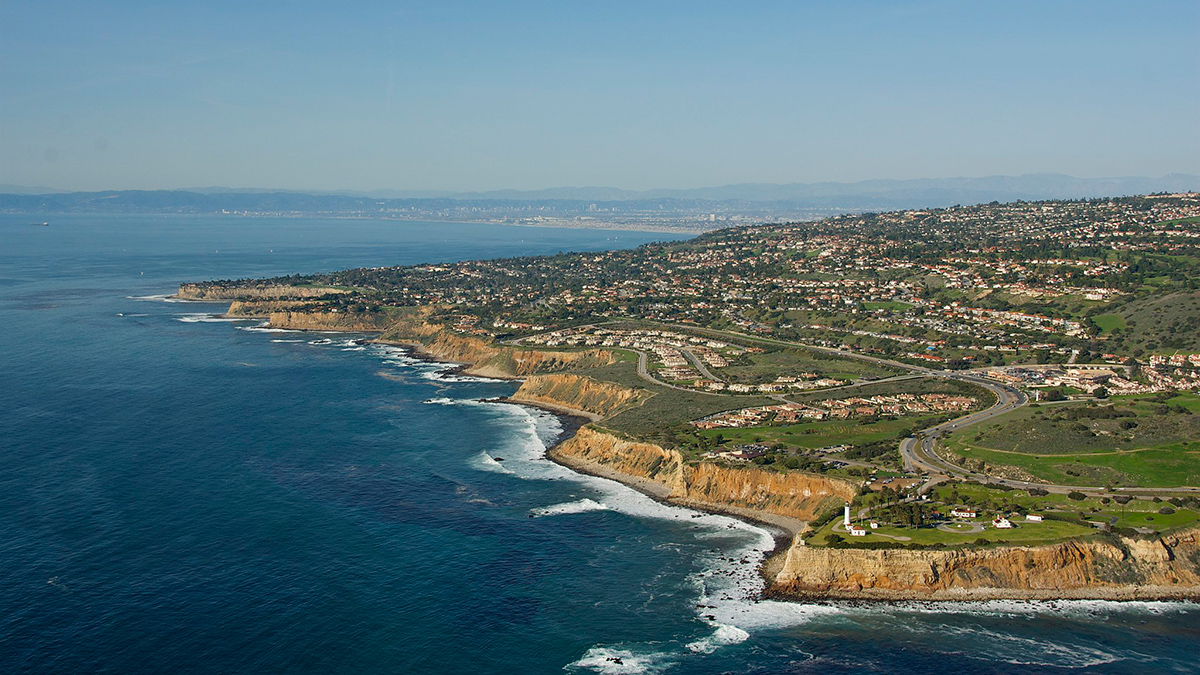Source: AGU Advances
Large faults are often surrounded by a network of secondary faults, created when nearby rocks are deformed by the forces that caused the slip. This damaged area acts as a record of fault activity, but what we can learn from it, such as how the faults will behave during future earthquakes, has yet to be fully explored.
Alonge and his colleagues used multiple seismic reflection datasets to provide new insights into an offshore portion of the Palos Verdes Fault near Los Angeles, extending from the ocean floor to about 400 meters below. In seismic reflection, researchers tow a sonar-like system behind a boat, sending out sound waves and recording their return. This signal travels through the water, into the ocean floor, and is reflected off the boundaries of different rock layers, including the fault. The strength of the returning signal and the time it takes to return provide information about the density contrast between the layers and the depth of each boundary. The team used this information to generate about 100 images of the complex fault network.
The authors mapped about 30 kilometers of the fault’s length. As well as proving that it is possible to map damage areas this way, the study also revealed the factors that control damage area formation and explained how these features may control earthquake rupture. The fault offset, or the displacement on either side of the fault, controls the width of the damage area. However, the bend along the fault controls how the damage pattern changes along the length of the fault.
The authors also found that the most damaged areas of the fault allowed the most fluid to seep out from the seafloor because fractured rocks are more permeable there. Other factors, such as sediment cover and crustal uplift, also influence where fluids seep. These new data are important for understanding earthquake hazards in this region and elsewhere, because the presence and extent of damage of fluids along the fault affect earthquake propagation. (AGU Advances, https://doi.org/10.1029/2023AV001155, 2024)
—Nathaniel ScharpingNathaniel), Science Writer
Citation: Scharping, N. (2024), Subsurface imaging reveals one of Los Angeles’ fault networks, Eos, 105, https://doi.org/10.1029/2024EO240334. Published 29 July 2024. Text © 2024. AGU. CC BY-NC-ND 3.0
Unless otherwise noted, images are subject to copyright. Reuse of images is prohibited without the express permission of the copyright holder.

